Are frost tolerant vegetable plants really possible to grow in a home garden? Yes, absolutely!
A vegetable garden in a yard is a great place to spend some “me” time or de-stress on a hot spring and summer days. Lots of vegetable varieties can be planted under the scorching heat of the sun, which is beneficial for the growth of most plants.
But a growing vegetable garden does not have to end when the cold season begins. You can still grow fall and winter plants that can withstand cold weather and sometimes even snow.
Frost tolerant vegetable plants love to grow in cold winter temperatures. They tend to be sweeter and more delicious compared to their counterparts planted in the hot sun. Some vegetables can even survive the entire winter season with or without extra protection.
If you are planning to plant this certain kind of vegetables, prepare your garden for the coming cold season. Here are some of the best frost tolerant vegetable plants you can sustainably grow in your garden and watch them thrive on a cold fall or winter day.
Top 13 Frost Tolerant Vegetable
1. Broccoli

Broccolis are packed with nutrients and very tasty. This is also an easy to grow vegetable in a freezing garden. It is a cold-loving plant that grows best in 26 to 31 degrees Fahrenheit (-3 to -5 degrees Celsius).
The leaves normally suffer from frost burns on a hard freezing temperature, but the heads are still able to survive and grow. It’s recommended to plant broccoli 3 to 4 weeks before the last frost of the season.
This gives plenty of time to grow before the weather starts to warm up in spring. Harvest broccoli heads after they grow in a considerable size and leave the plants in place so that they may produce several new small offshoots.
2. Cabbage
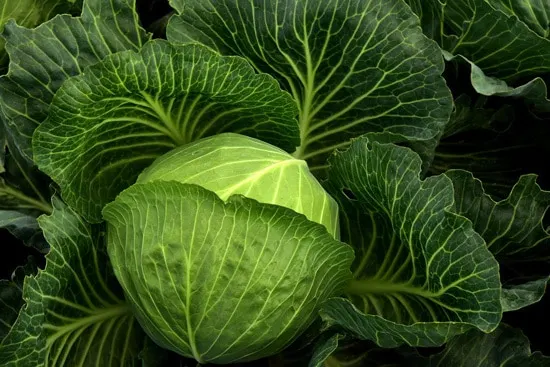
Cabbages are commonly planted during spring for summer harvest, but these are also among the frost tolerant vegetable plants. It’s a veggie plant that can survive a cold frosty day in a temperature at a range of 45 degrees Fahrenheit or 7 degrees Celsius.
Its flavor tends to improve, making it sweeter and tastier, when in contact with frost. Also, the decrease of insect pests during the cold season is more possible.
There are varieties of cabbage that are more tolerant and can survive throughout winter even if it’s left unprotected in the field. Regardless of what you choose, it’s best to plant this vegetable in late summer so it can mature in fall and can be harvested in winter.
3. Carrot
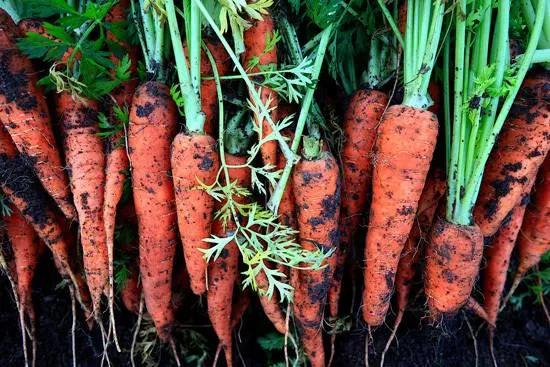
Carrots are one of the popular frost tolerant vegetable plants that can be grown all year round. The cold weather triggers the roots to produce more sugar which ironically acts as a natural antifreeze from the low temperature.
The leaf tops can tolerate up to 18 degrees Fahrenheit or -8 degrees Celsius, while the roots can withstand even a much colder temperature.
You can plant carrot seeds directly in the garden during late summer, giving them time to grow in late fall. You can then have a steady harvest of fresh carrots throughout the winter season.
4. Collard
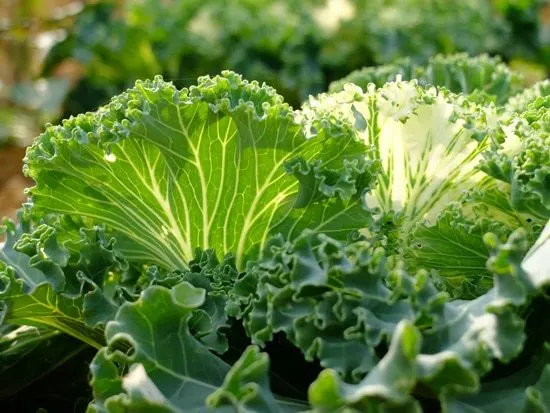
Collards are a member of the mustard family. This leaf vegetable is sometimes called the tree cabbage because there is a similarity in taste with the cabbage.
This is one of the most fast-growing, cold-hardy or frost tolerant vegetable plants that can withstand up to 5 degrees Fahrenheit (-15 degrees Celsius).
The frosty weather greatly benefitted the plant by converting the starch in the leaves to sugar making it sweeter in taste. The cold temperature also helps alter the structure of proteins, giving the plant a better flavor.
You can plant collards directly in the garden 3 to 4 weeks before the last frost. Start harvesting the plant when the color of the leaves becomes darker green and the size turns 10 to 18 inches long.
5. Kale
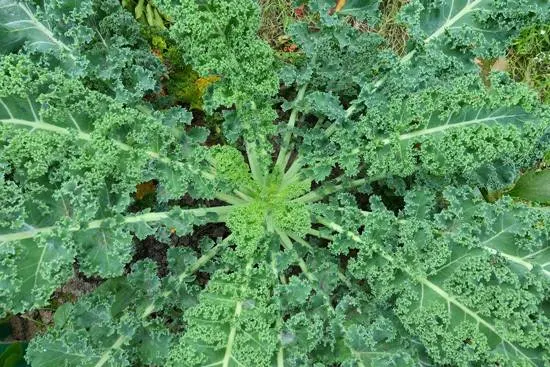
Kale is considered to be a superfood – one of the healthiest and most nutritious foods you can enjoy even in the winter. It is also one of the best frost tolerant vegetable plants to sow.
It can greatly improve its taste overnight after a good frost. It is a very versatile plant that can survive winter in the garden at a temperature of 12 degrees Fahrenheit (-11 degrees Celsius) even without protection.
You can plant kales 6 to 8 weeks before the first frost of fall and let them mature in the cold weather. Harvest of leaves is ready after they have grown in a considerable size, and as a cut-and-come-again type of plant, the more leaves you get, the more growths are produced.
6. Kohlrabi
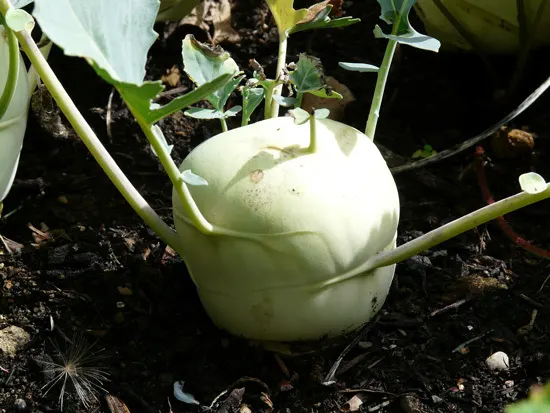
Included in this list of frost tolerant vegetable plants is kohlrabi. It looks very similar to a root vegetable plant, but the bulb is actually the swollen stem of the plant.
This plant doesn’t like hot summer temperatures,so it prefers cool chilling weather and even light frost. Frost makes the vegetable more delicious and sweeter ideal for salads or cooked dishes.
Kohlrabi can be green or purple in color. Its taste is very similar to a mild turnip. It is very ideal to plant this 6 to 7 weeks before the first frost.
You can have the first harvest within a few weeks or once it reaches 2 to 3 inches in diameter. You can use covers, frames or other protection against hard freeze.
7. Leeks
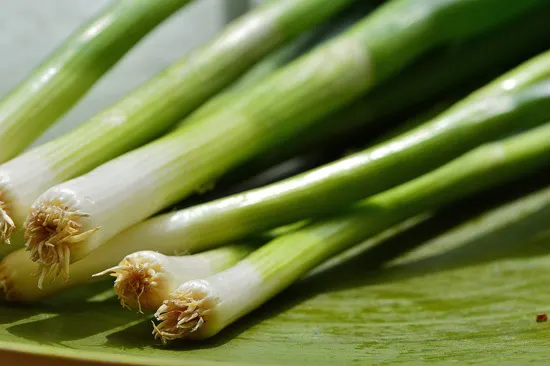
Leek is remarkably adaptable to cold weather. Thus, one of the great frost tolerant vegetable plants to sow in a garden. This belongs to the family of onions, chives, and shallots, which are all similarly known as easy-to-grow and low maintenance vegetables.
There’s also a tendency for leeks to become sweeter and tastier after frost. Although the majority of the varieties are cold tolerant, the much darker green and blue-green varieties are most likely to survive harsh winter temperatures of 0 degree Fahrenheit (-8 degrees Celsius).
You can plant leeks in an outdoor garden in late fall and by winter it can be harvested.
8. Lettuce
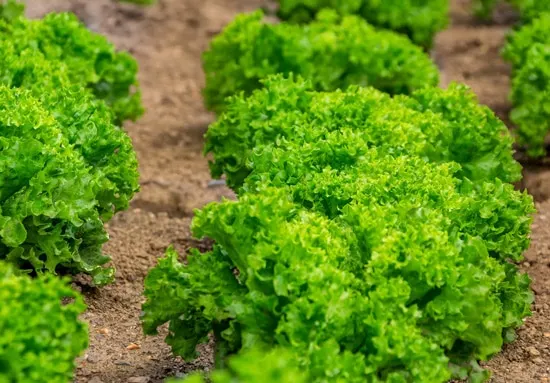
Lettuce is a nutritious vegetable plant that is commonly served on salads and a favorite winter food for most people. There are a lot of varieties of this leafy green.
Most of them can withstand cold frosty weather. The immature lettuce plant is usually more cold-tolerant than the mature ones, so it is recommended to put a frame on the mature plant especially when hard freezing occurs.
Grown lettuce plants can tolerate an outdoor temperature of 10 degrees Fahrenheit (-12 degrees Celsius) to 0 degrees Fahrenheit (-18 degrees Celsius).
9. Parsnip
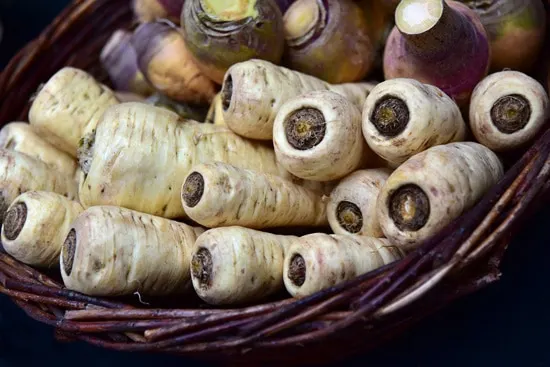
Parsnip is also among the excellent frost tolerant vegetable plants that is commonly served on any season. Similar to carrots, this produces more sugars in the fall’s first frost and continues to grow in the ground throughout the winter season.
It can withstand up to 0 degrees Fahrenheit (– 18 degrees Celsius), but a clear plastic bag could add some protection when harsh freezing happens.
Start planting parsnips in spring as they can take up to 130 days to mature, and so that you can have fresh produce to harvest for the entire winter season.
10. Radish
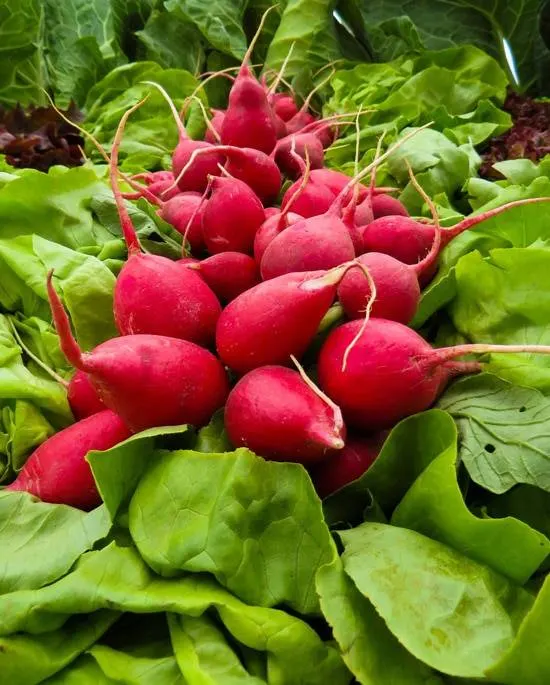
Most radishes are known as incredible fast growers, except for winter radish. Although winter radish is a slow-growing vegetable, this is bigger, juicier, and beautiful to look at compared to other varieties.
Its nutrients are also more powerful and the flavor is purer, sometimes sweeter. As one of the frost tolerant vegetable plants, this can withstand temperatures about 26 degrees Fahrenheit (-3 degrees Celsius).
Its leaves may suffer from frost burns due to the freezing weather but the roots itself remain in good condition. You can plant winter radish in late summer while giving it time to grow for the winter harvest.
11. Spinach
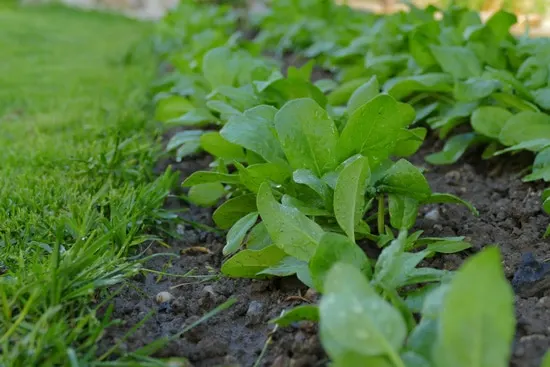
Spinach is quite the main attraction in salads. This tough little plant is a cold-loving plant that can withstand low temperatures up to 20 degrees Fahrenheit (-7 degrees Celsius).
Although the leaves can die in harsh winter conditions, new ones begin to emerge from the plant as spring approaches. You can also put some row cover or cold frame as a protection if you want to grow them in winter for salads.
Plant straight into the garden 6 weeks before the last frost to become ready for harvest after a month or two.
12. Swiss Chard
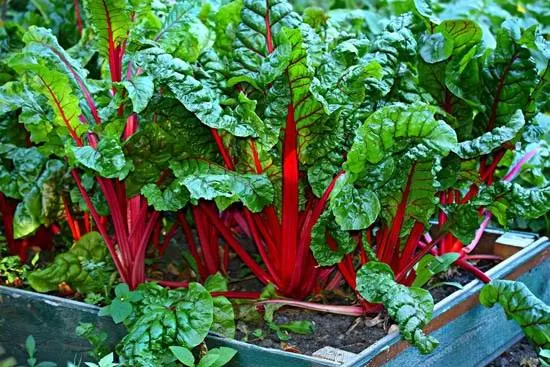
Swiss chard is a healthy leafy vegetable that is known for its hardiness and cold-tolerance for up to 15 degrees Fahrenheit (-9 degrees Celsius) without protection.
This vegetable is closely related to beets but it doesn’t produce an edible ball of root. It has a milder taste than spinach with almost identical when it comes to their green leaves.
In addition, this plant comes in a variety of colors from white to red, but the green and white chards are more cold-tolerant compared to others.
You can plant this leafy green 40 days before the first frost of fall and harvest the leaves when it becomes fully mature. It can survive the whole winter season and produce new leaves in spring.
13. Turnip
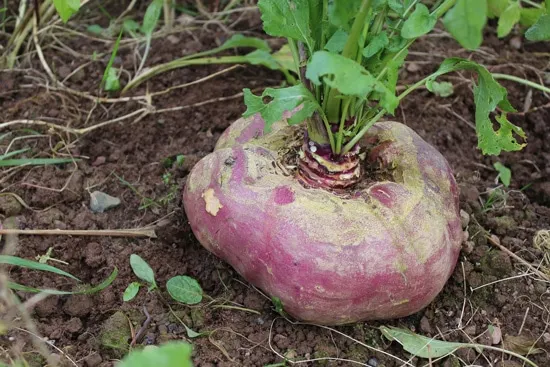
Cold weather triggers turnips to produce more natural sugars, while it reduces its spicy flavor. It is an easy-growing cold-tolerant vegetable plant that can be enjoyed during the cold season.
It can tolerate a maximum of 10 degrees Fahrenheit (-12 degrees Celsius) of temperature and withstand light frost. It is also recommended to put some protection like frame or plastic covering in case harsh winter occurs.
Start sowing 2 months before the first frost of fall. Harvest time should be ready once it reaches a size of 2 to 3 inches in diameter.
Conclusion
Whichever of these frost tolerant vegetable plants you decide to grow in your garden be sure to follow the instructions on the packets. Although considered as “winter plants”, it does not mean that they can all survive on any level of temperature.
Also, it is important to note the perfect planting time and length of its maturity to ensure a successful growth and production.
